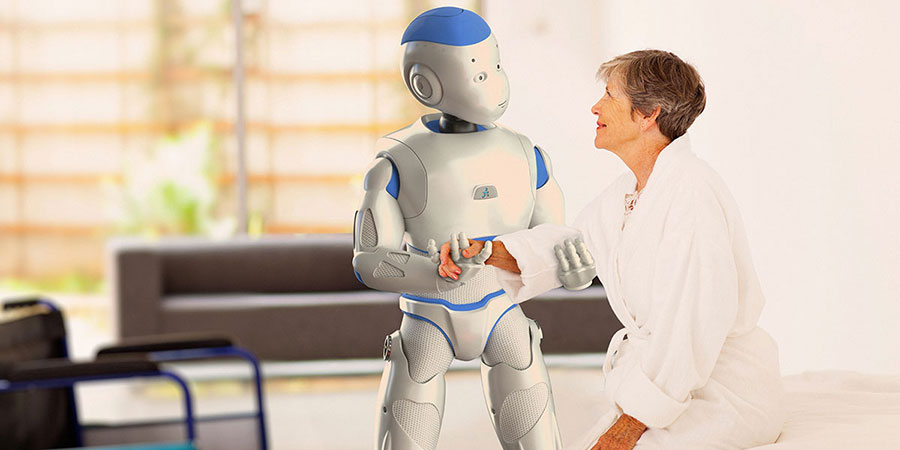IDC Healthcare Insights’ recently released ‘Robotics in Healthcare-Benefits and Opportunities’ reports that Asia/Pacific Excluding Japan (APEJ) healthcare providers' spending on robotics in 2018 reached USD 3.73 billion and forecasted to reach USD 7.03 billion by 2022.
This IDC study explores the relevance, opportunities, and benefits of various healthcare robots in a hospital setup. The report highlights specific use cases and gives an overview of robotics adoption in APEJ including existing driving forces that point to potential in the region.
The report states:
• Robotics embedded with A.I. is not a threat to physicians but will instead augment their efficiency in their respective fields of work.
• Adoption of robotics in hospitals enhances patient experience along with that of physicians and nurses.
• Though robotics adoption in hospitals may not yield more affordable patient pathway immediately, as the technology matures, robotics will result in value- based health system.
• Collaboration between the technology buyers and the end-users is essential for better alignment with the requirements of robotics end-users.
"Robotics in healthcare must be welcomed as an essential future. The effective adoption of robotics will augment physician efficiency, eliminate medical errors, plug care gaps, and enable bigger patient volume to access high-precision care delivery," says Manoj Vallikkat, Research Manager at IDC Asia/Pacific Healthcare Insights.
Surgical robotics is the most widespread adoption of robotics in the region. Currently surgical robotics is used to enhance patient outcomes rather than reduce the cost of surgery. As robotic technology matures, such high-precision surgeries will become more affordable and will also result in cost savings for the providers.
Robots embedded with AI will also revolutionize the future of healthcare. Machines learn faster and are expected to take over pattern-based diagnosis in pathology and radiology. This transformation will become inevitable to handle demand volume in hospitals. Technology buyers, technology providers, and even medical educational institutes should realize this evolving trend and work on becoming future-ready.
"Driving the cost down is necessary if quality care must reach a greater number of people. As the APEJ region faces multiple challenges, better reinvention will take place as part of a tactical approach. All these reinventions will be built on the technological platform, with robotics expected to play a significant role,” adds Vallikkat.






